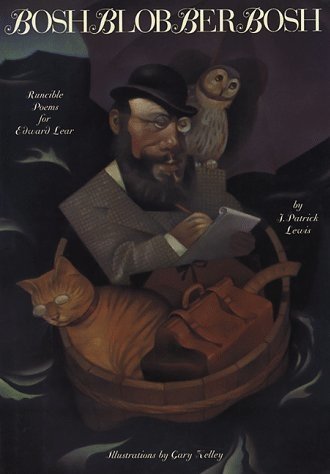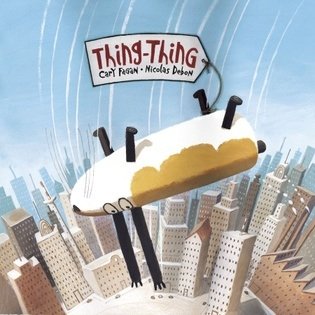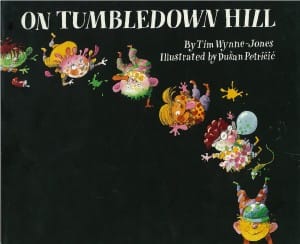If you are an admirer of quirky illustration, and you’ve never heard of Lane Smith, then clearly, you don’t know Jack. If you collect beautiful picture books, and The Very Persistent Gappers of Frip is not part of your collection, your collection doesn’t know Jack. And if you own a goat, and you’ve never checked them for gappers, not even once, then forget about Jack, you need to know Capable, the spiky-haired, brighter than bright heroine of this strange and deceptively brilliant story.
The Very Persistent Gappers of Frip is an inspired collaboration between two artists at the peak of their excellence and eccentricity: George Saunders, humourist & short story fabulist, and Lane Smith, visual maverick & current focus of my deepest jealousy. The writing, illustration, design, and ideas expressed in this book elevate it beyond the usual children’s picture book fare, and even beyond the unusual. It’s a true gem.










